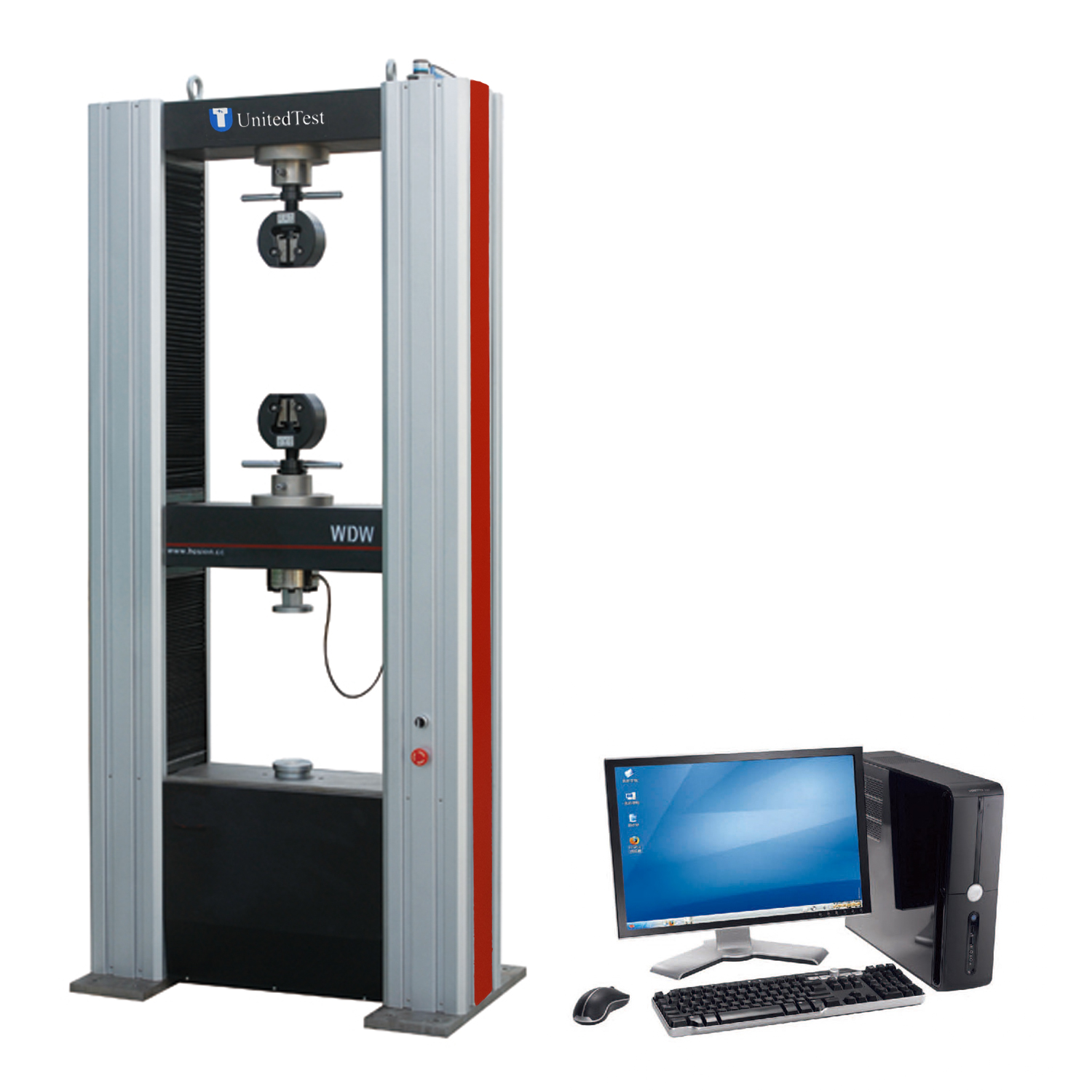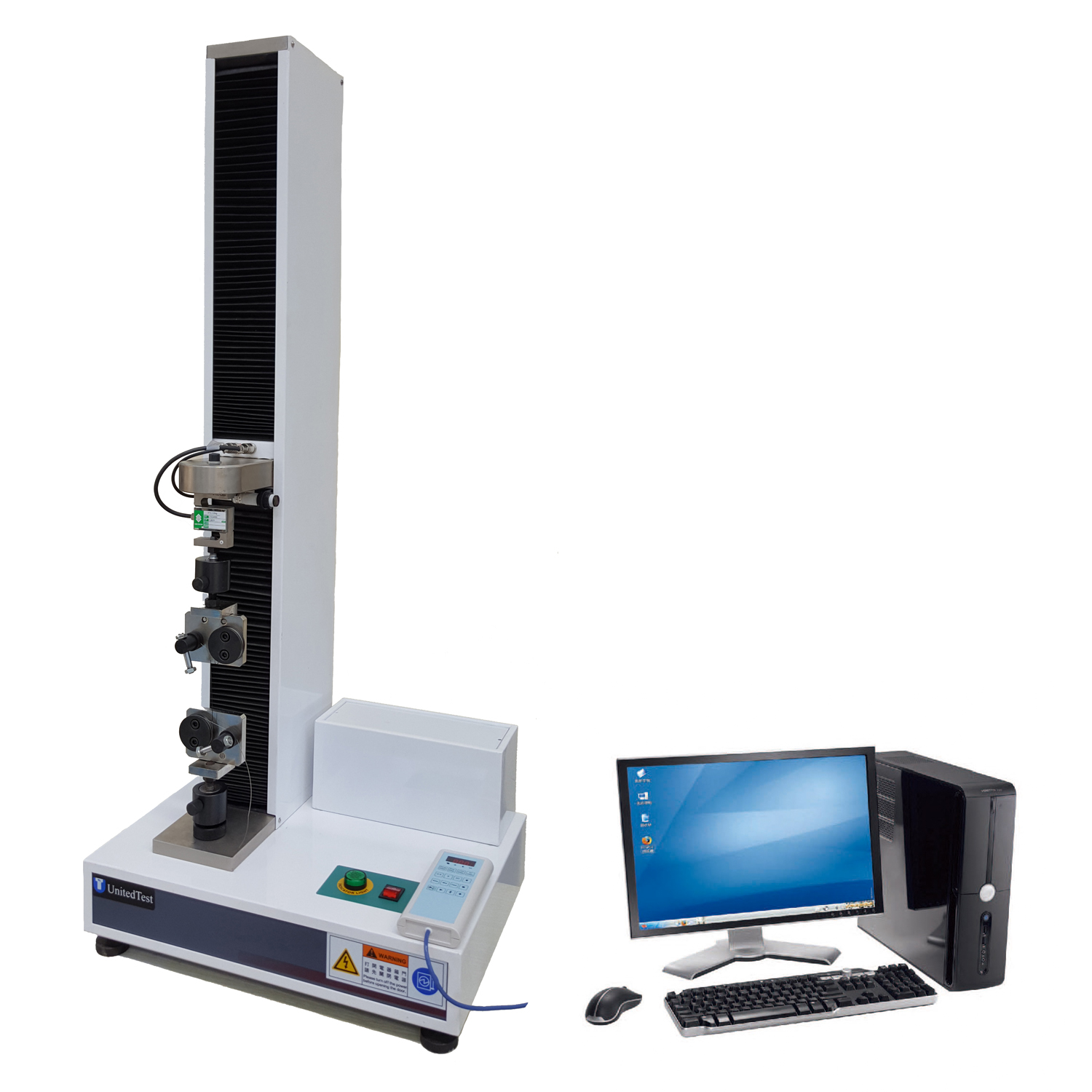ASTM D6862: Standard Test Method for 90 Degree Peel Resistance of Adhesives
This test method covers the determination of the resistance-to-peel strength of an adhesive bond between one rigid adherend and one flexible adherend when tested at an angle of approximately 90 degrees under specified conditions of preparation and testing.
A variation in thickness of the adherends will generally influence test values. For this reason, the thickness of the adherends used to make the test specimens shall be specified in the material specification. When no thickness is specified, the flexible adherend shall be 0.60 mm (0.025 in.) thick and the rigid adherend shall be 1.60 mm (0.060 in.) thick.

Application of ASTM D6862:
one of the most widely used tests in sectors such as automotive, aerospace, packaging, and electronics, used to assess the peel resistance of adhesive bonds. This provides a reliability guarantee for the labels or seals that bond decorative strips or panels, ensuring actual performance.
Materials tested with D6862:
Are widely used in both flexible and rigid adhesives, such as tapes, laminated materials, and bonding materials. High peel resistance is particularly required in critical applications such as aerospace panels and medical device seals.
Test Procedure of ASTM D6862:
1, Sample preparation of adhesive and substrate:
An adhesive sample is created by applying the adhesive to the surface of the given material. The substrate can be metal, plastic, or fabric, depending on the nature of the adhesive.
2, Bonding formation: The adhesive and substrate are bonded under specific conditions, such as the amount of applied pressure, method of application, and whether the adhesive requires curing.
3, Cutting the sample: The bonded samples are then cut into test strips, usually with a width of 1 inch. The samples are then conditioned in a temperature and humidity chamber under controlled conditions for no less than 2 hours, with a temperature of (25 ± 1.5)°C and relative humidity of (50 ± 5)%.
4, Test setup testing machine: Unitedtest universal testing machine or tensile tester equipped with load sensors and fixtures is typically used for testing.
Peel angle: Testing is performed by peeling the adhesive at an angle of 180 degrees. This angle also ensures that the peel force is applied directly to the opposite side of the adhesive bond, creating uniform stress.
Peel rate: The machine peels the adhesive at a predetermined speed standardized to 300 mm/min (12 inches/min). Conducting the test fixing the sample: In this test, one end of the sample is placed in the movable fixture of the testing machine, while the substrate is placed in another fixed fixture.
Peel: Known as the ASTM D6862 fixture, the testing machine clamps the adhesive strip at one end. Further, the machine pulls upward at the testing speed while applying a specific force to pull the strip away from the substrate.
Data collection: To achieve the above objectives, the machine records the force applied while peeling the adhesive, which is shown on the force-displacement curve.

Specimen Size of ASTM D6862:
Sample Thickness: 0.60 mm (0.025 in.)
Stiff adherend thickness of 1.60 mm (0.060 in.).
Beijing United Test Co.,Ltd. export@unitedtest.com offer the testing equipment of ASTM D6862 90 Degree Peel Resistance Test of Adhesives. Contact us now : export@unitedtest.com, unitedtest@hotmail.com












